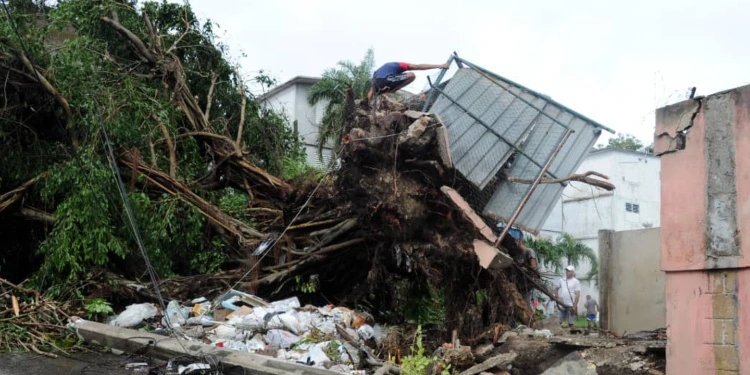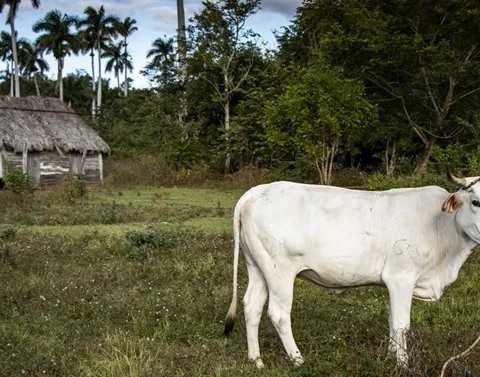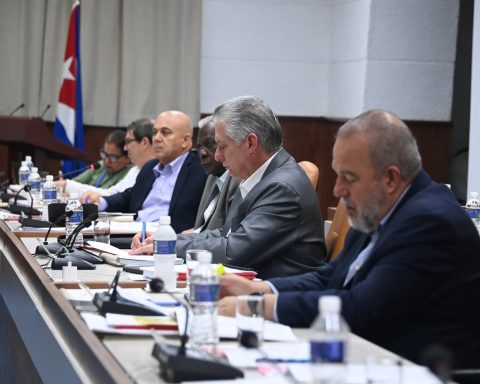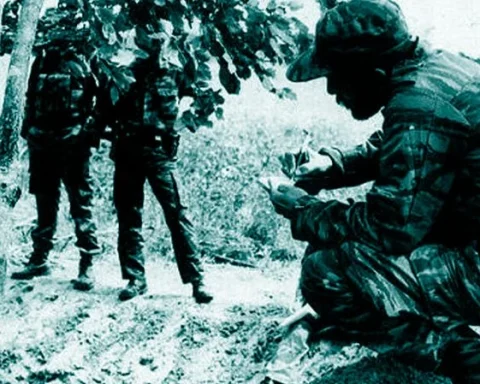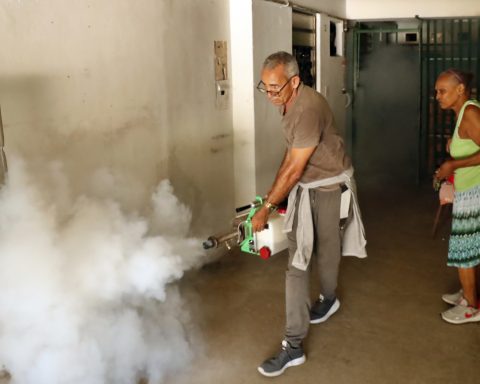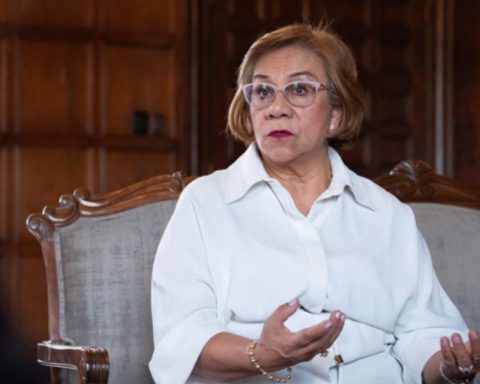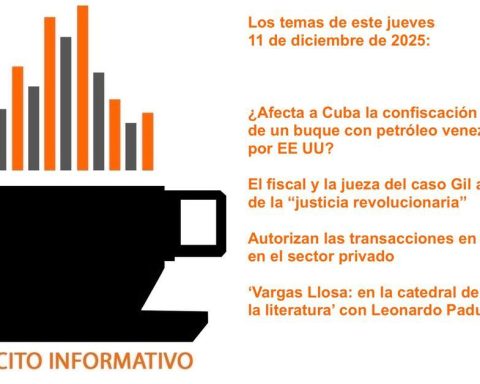SLP, Mexico.- The Cuban regime admitted this Thursday that so far they have registered around 461 total and partial collapses in Havana and thousands of evacuees due to the passage of the hurricane Raphael through western Cuba.
Yanet Hernández Pérez, governor of the Cuban capital, informed the press that around 461 landslides, 495 fallen poles with more than 100 transformers, and damage to the gas infrastructure occurred in the province.
Likewise, he commented that the recovery work includes the collection of waste and the restart of operations at the José Martí international airport, as well as other air terminals, including Varadero in the province of Matanzas.
The most visible effects correspond to the fall of trees and the large amount of debris from the total and partial collapses on the electrical and communications infrastructures.
“Havana has been strongly shockedtoday we are counting more than 461 total and partial collapses (due to light roofs, falls from walls and stairs). We must highlight that the effects would have been greater if we had not protected a group of people who live in places that were going to be strongly impacted in time,” said the Havana official.
For his part, the first colonel Luis Ángel Macareño, second chief of the Civil Defense General Staff, said that they evacuated some 218,300 people in the country and no deaths were reported.
The representatives of the regime also stated that they are working to restore the electrical service, but justified that it is “a difficult task, especially due to the downed power lines.”
Hurricane Rafael, category three on the Saffir-Simpson scale, strongly impacted western Cuba, where it caused serious damage to homes, infrastructure and agriculture, as recognized by the Cuban Government in its first damage assessment.
The cyclone made landfall at 4:20 pm this Wednesday along the southern coast of the province of Artemisa and left the national territory more than two hours later along the northern coast of Pinar del Río.
The Cuban Institute of Meteorology (INSMET) recorded sustained winds of up to 185 kilometers per hour and intense rains that reached 200 millimeters. The towns of Alquízar and Güira de Melena in Artemisa were particularly affected, with flooding that left entire neighborhoods under water and significant destruction of homes and crops, according to local media reports.
The Cuban ruler, Miguel Díaz-Canel, reported on social networks after a meeting of the National Defense Council: “Major damages in Artemisa, Mayabeque and Havana.” In addition, he announced that starting this Thursday he will visit “the territories most impacted by the hurricane” and stated: “A new recovery process is already beginning.”
For his part, the regime’s prime minister, Manuel Marrero, in a televised intervention described that the damage had been “very heavy in housing, infrastructure and agriculture.” He also referred to the total blackout that affected the country ―presumably due to the cyclone―, the second in less than two weeks.
